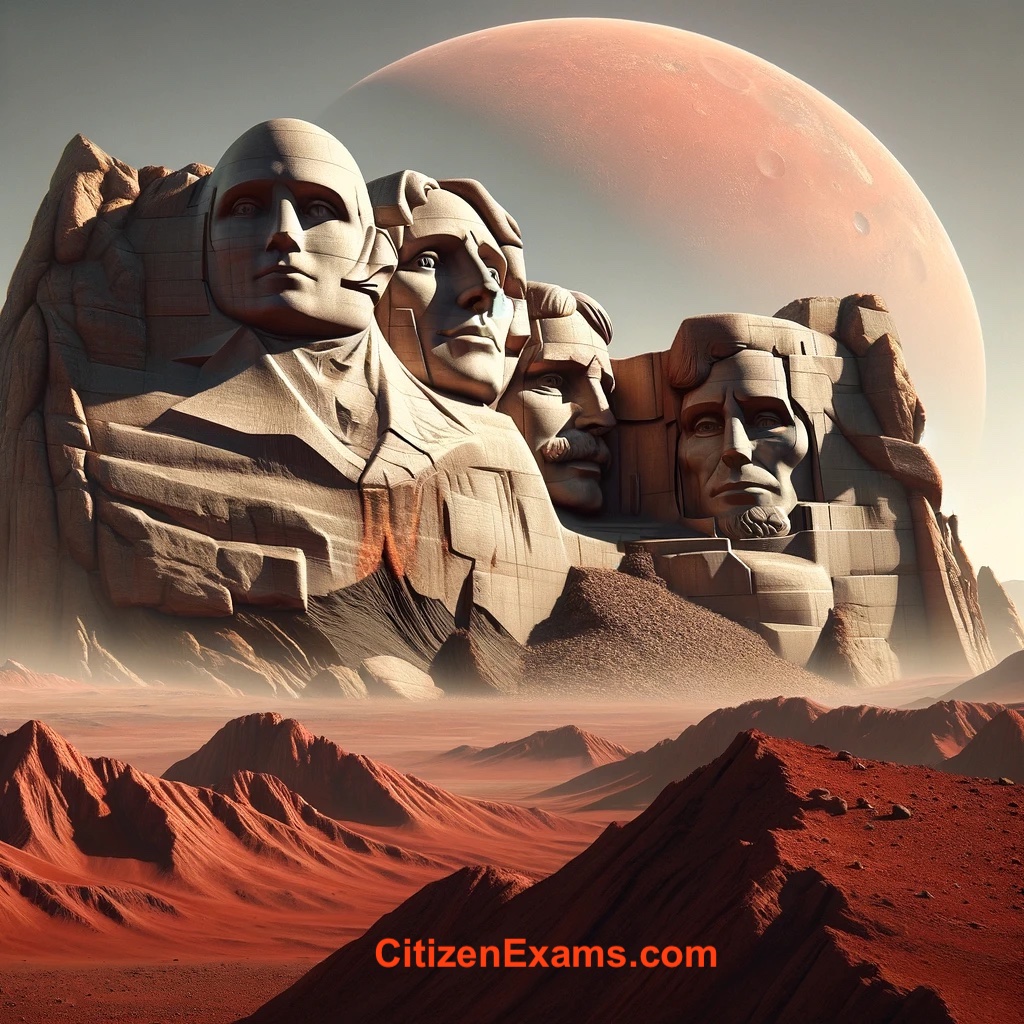US Presidents

Embarking on a historical journey through the corridors of American leadership, the table below presents a curated procession of individuals who have held the nation’s highest office. This collection is more than a mere enumeration; it is a chronicle of ambition, ideology, and the ever-evolving narrative of the United States. From the foundational days of George Washington, without a party to call his own, to the modern era’s complex political landscape, each entry encapsulates a chapter of the American story. Here, Presidents are listed in order of their service, accompanied by the years they steered the ship of state, their names etched into the fabric of history, and the political parties that supported their visions for America’s future. This tableau offers not just facts but a mirror reflecting the diverse ideologies and challenges that have shaped the United States over the centuries.
| No. | Years in Office | Name | Political Party |
|---|---|---|---|
| 1 | 1789–1797 | George Washington | None (Independent) |
| 2 | 1797–1801 | John Adams | Federalist |
| 3 | 1801–1809 | Thomas Jefferson | Democratic-Republican |
| 4 | 1809–1817 | James Madison | Democratic-Republican |
| 5 | 1817–1825 | James Monroe | Democratic-Republican |
| 6 | 1825–1829 | John Quincy Adams | Democratic-Republican |
| 7 | 1829–1837 | Andrew Jackson | Democrat |
| 8 | 1837–1841 | Martin Van Buren | Democrat |
| 9 | 1841 | William Henry Harrison | Whig |
| 10 | 1841–1845 | John Tyler | Whig (expelled from party) |
| 11 | 1845–1849 | James K. Polk | Democrat |
| 12 | 1849–1850 | Zachary Taylor | Whig |
| 13 | 1850–1853 | Millard Fillmore | Whig |
| 14 | 1853–1857 | Franklin Pierce | Democrat |
| 15 | 1857–1861 | James Buchanan | Democrat |
| 16 | 1861–1865 | Abraham Lincoln | Republican |
| 17 | 1865–1869 | Andrew Johnson | Democrat (Union Party) |
| 18 | 1869–1877 | Ulysses S. Grant | Republican |
| 19 | 1877–1881 | Rutherford B. Hayes | Republican |
| 20 | 1881 | James A. Garfield | Republican |
| 21 | 1881–1885 | Chester A. Arthur | Republican |
| 22 | 1885–1889 | Grover Cleveland | Democrat |
| 23 | 1889–1893 | Benjamin Harrison | Republican |
| 24 | 1893–1897 | Grover Cleveland | Democrat |
| 25 | 1897–1901 | William McKinley | Republican |
| 26 | 1901–1909 | Theodore Roosevelt | Republican |
| 27 | 1909–1913 | William Howard Taft | Republican |
| 28 | 1913–1921 | Woodrow Wilson | Democrat |
| 29 | 1921–1923 | Warren G. Harding | Republican |
| 30 | 1923–1929 | Calvin Coolidge | Republican |
| 31 | 1929–1933 | Herbert Hoover | Republican |
| 32 | 1933–1945 | Franklin D. Roosevelt | Democrat |
| 33 | 1945–1953 | Harry S. Truman | Democrat |
| 34 | 1953–1961 | Dwight D. Eisenhower | Republican |
| 35 | 1961–1963 | John F. Kennedy | Democrat |
| 36 | 1963–1969 | Lyndon B. Johnson | Democrat |
| 37 | 1969–1974 | Richard Nixon | Republican |
| 38 | 1974–1977 | Gerald Ford | Republican |
| 39 | 1977–1981 | Jimmy Carter | Democrat |
| 40 | 1981–1989 | Ronald Reagan | Republican |
| 41 | 1989–1993 | George H. W. Bush | Republican |
| 42 | 1993–2001 | Bill Clinton | Democrat |
| 43 | 2001–2009 | George W. Bush | Republican |
| 44 | 2009–2017 | Barack Obama | Democrat |
| 45 | 2017–2021 | Donald Trump | Republican |
| 46 | 2021–Present | Joe Biden | Democrat |
Imagine, if you will, the American presidency - a job so peculiar that it requires a man to be his nation’s Chief Executive, top diplomat, and, on occasion, its most scrutinized citizen, all while maintaining a hairstyle respectable enough for currency portraits. Since George Washington took office with the solemn promise not to become a king, each president has waltzed into the White House with the heavy burden of liberty, justice, and the pursuit of happiness, along with the eternal quest for a good night’s sleep undisturbed by the specter of national crises or the ghosts of founding fathers debating policy in the corridors.
The role of the president, crafted by men who thought wearing wigs in summer was a fine idea, has evolved. From Thomas Jefferson, who made the Louisiana Purchase in a sale too good to pass up, doubling the nation’s square footage with a mere wave of his quill, to Theodore Roosevelt, who took the adage “speak softly and carry a big stick” to heart, perhaps because he couldn’t find a big enough megaphone. And let’s not forget Abraham Lincoln, who managed to keep the Union together with the tenacity of a man trying to herd cats across a river.
Franklin D. Roosevelt told us we had nothing to fear but fear itself, along with perhaps running out of alphabet letters for his New Deal programs. And in more recent times, presidents have faced the daunting task of explaining to the public just how tweets can be considered official statements of policy.
In the grand tapestry of the American presidency, each incumbent has stitched his unique thread, some with the elegance of a master weaver and others with the grace of a bull in a china shop. Yet, it’s this very unpredictability, this cacophony of character, that lends the institution its enduring charm. The presidency, much like a good novel, is filled with humor, tragedy, and a cast of characters so vibrant they could only be conjured by the most audacious imaginations – or by the American electorate.